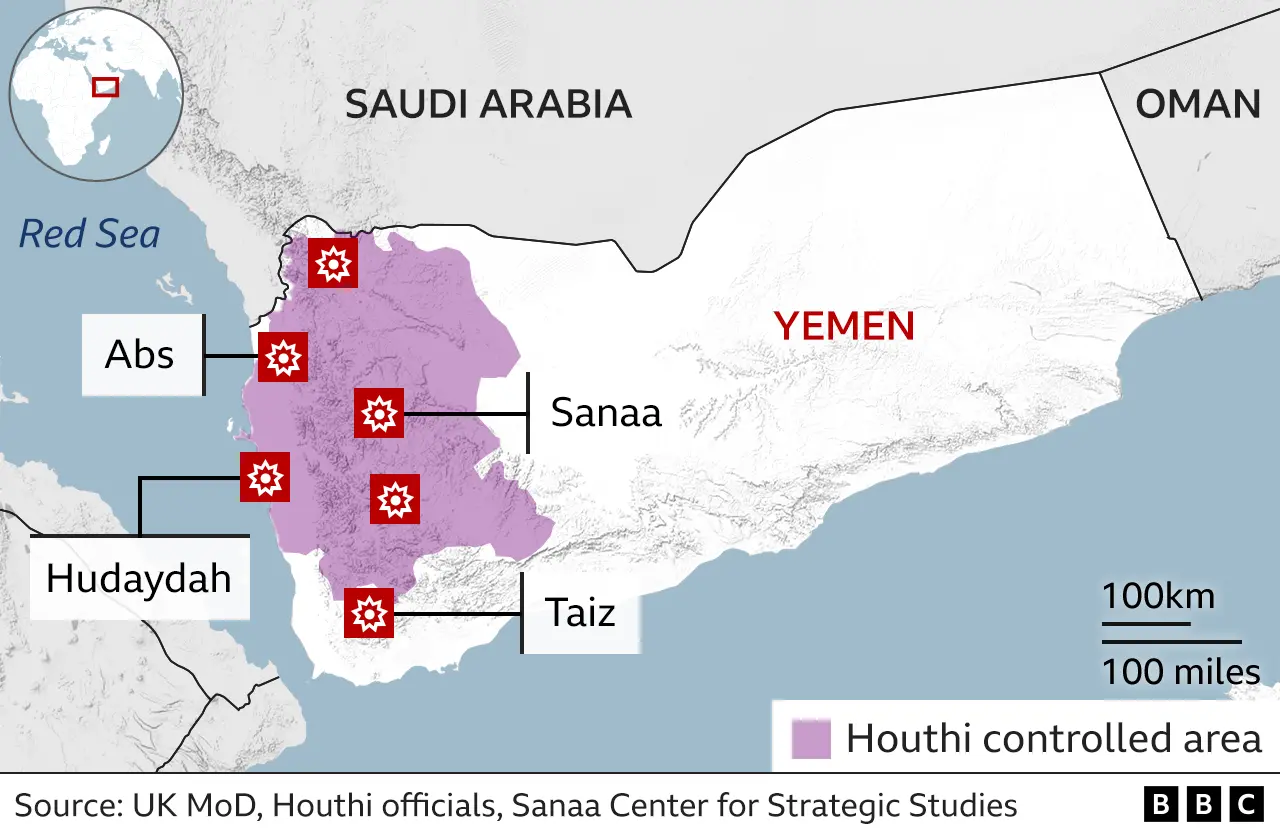Alright, folks, let’s break down what’s happening between the US and Russia. The US State Department just put out a statement saying talks aimed at normalizing diplomatic operations – basically, getting embassies running again – were…wait for it…’constructive’. Now, before you jump to conclusions about a sudden thaw in relations, hold your horses.

This isn’t a full-blown peace treaty, far from it, but it suggests both sides are willing to talk, which, in the current climate, is a small victory. The core issue? Russia’s continued ban on hiring local staff at its diplomatic missions. The US rightly sees this as a major problem, hindering the ability of the embassy to function effectively.
Representatives from both countries met in Istanbul, and while a full agreement wasn’t reached, they are working towards a memorandum of understanding to stabilize diplomatic and banking operations. This is crucial. A paralyzed diplomatic presence doesn’t benefit anyone.
Let’s delve deeper into the complexities of diplomatic staffing. Historically, local hires are absolutely vital for embassies. They provide crucial knowledge of the host country’s culture, language, and political landscape.
Furthermore, local staff handle a massive logistical load – everything from visa processing to security coordination. Limiting embassy staffing severely impacts an embassy’s ability to represent its country’s interests effectively.
This ban on local hires isn’t just about inconvenience; it’s about restricting the flow of information and hindering diplomatic outreach. It’s a strong-arm tactic, and the US is smart to push back. This situation highlights the critical importance of maintaining robust diplomatic channels, even – and especially – during times of heightened geopolitical tension. Don’t underestimate the power of keeping the lines of communication open.





